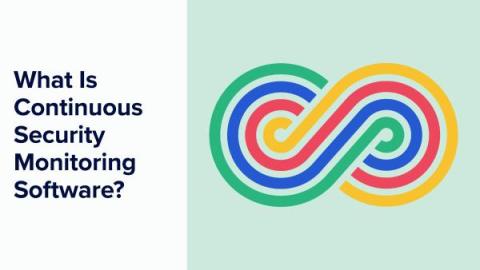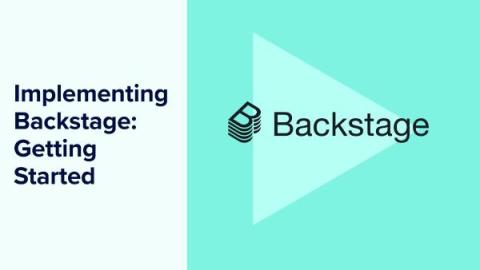Implementing Backstage: Kubernetes Deployment
This final part of the “Implementing Backstage” series focuses on how to deploy Backstage on Kubernetes. This tutorial is a direct continuation of Using the Kubernetes Plugin in Backstage, which you should complete before tackling this one. The other installments in this series covered getting started, using the core features, integrating with existing tools using plugins, and security and compliance.











